For all intensive purposes we are going to briefly talk about six different types of filters available for your camera. The filters are used to change the tone and mood of your photographs enhancing the image in some way that could be done post processing with photo shop or similar program. The nice thing about using the filter is you can see the effects right away as you compose the photo. You can get your filters as either screw-in or Slot-in filters.
Screw-In Filters
These are the filters that fit on the threading at the end of your lens and come in a multitude of sizes to fit each of your lenses. What size do you need? Great question, usually right on the end of your lens there will be a number followed by a symbol that looks like a circle with a line through it. Find it? Good, that’s the size of lens your going to want. The more lenses you own the more filters you’ll need. They are ideal though because they are easy to swap in and out.
Slot-In Filters
For these lenses the lens is dropped into a lens holder that is attached to the camera lens adapter ring. Generally the lens comes with adapters so it can fit a wide array of lenses giving you a little more flexibility if you have a large lens collection. Because of the holders multiple grooves you are able to hold more than one (sometimes as many as 4) lenses on the same holder. Slot-in filters are able to swap lenses quickly because you are just dropping the lens in (as the name implies) rather than screwing each individual lens on to each camera lens.
UV Filter
The ultra-violet filter is a clear filter that blocks ultra-violet light. Because these filters are very clear a lot of photographers will use them in all sorts of lighting to protect the end of their lens (cheaper to replace a scratched UV filter than your camera lens). When you cut the UV from your photo you are able to visibly reduce the haze that is apparent on a bright sunny day. Some of the really good UV filters can also cut down on the purple fringing that can be on the outside of some poorly focused digital pictures. Your going to want to get one of these, it’s a must have.
I recommend: B+W 46mm Clear UV Haze with Multi-Resistant Coating (010M) (make sure you check your lens size before ordering)
Polarizing Filter
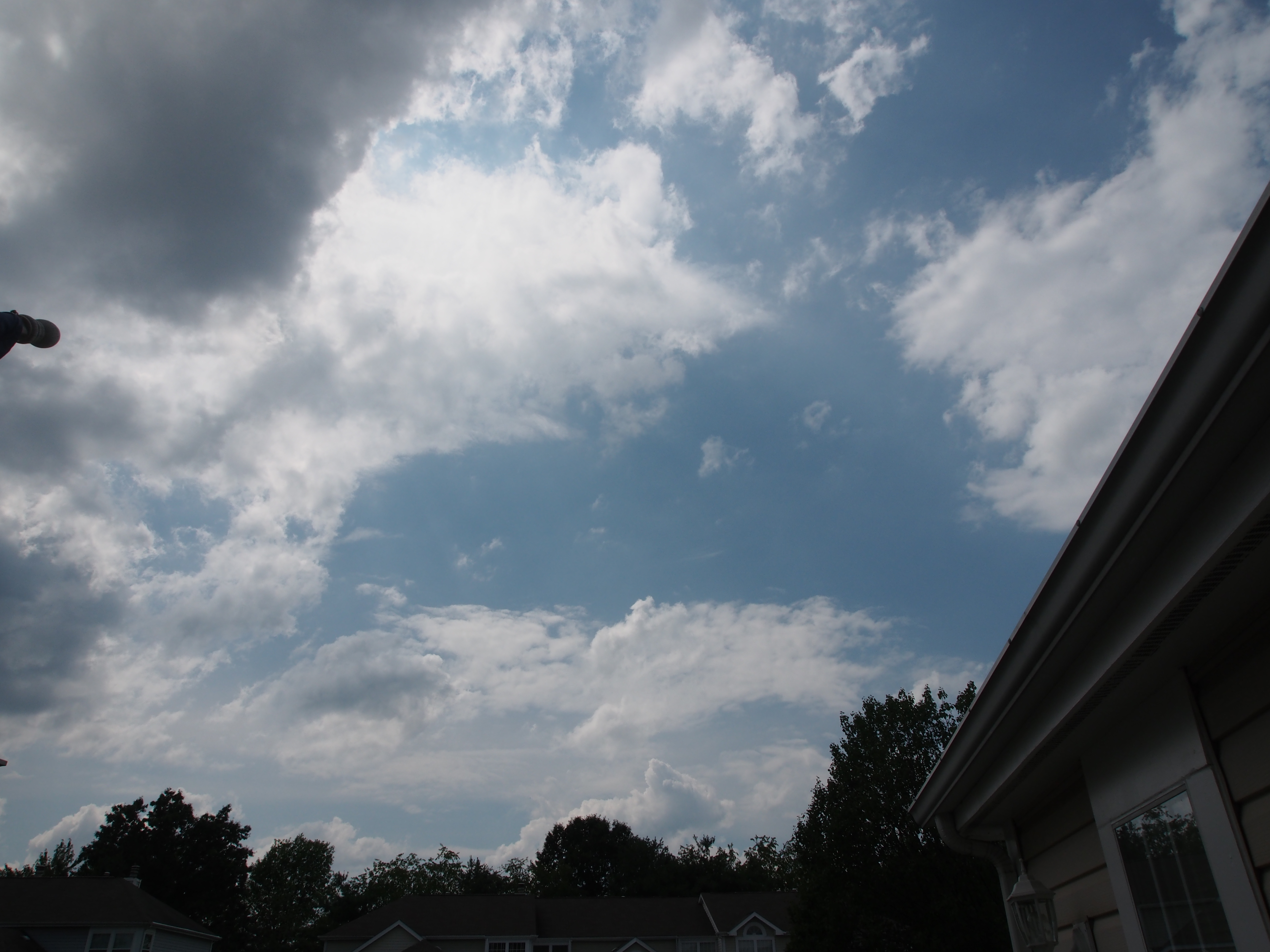

Similar to the UV filter the Polarizing filter reduces atmospheric haze. On top of that it also reduces reflected light. You have probably heard people talk about their sunglasses having polarizing lenses right? Well that is great because it reduces reflections and lets your camera take some great shots through water or into windows without battling all those reflections. This is the filter your going to want to own if you shoot on bright sunny days and you’d like to have a lot of crisp clear colors as opposed to washed out bright picture. There are two types of polarizing filters: linear and circular. The circular filter has a “quarter-wave” plate that helps to eliminate reflected light, making transparent objects free of reflection (glass, water, etc.).
I recommend: B+W 58mm Circular Polarizer with Multi-Resistant Coating (make sure you check your lens size before ordering)
Color Balancing Filter
These are the filters you would use to tip the scale towards the color of the spectrum you’d like to emphasize in your photographs. It’s similar to your white balance selection in your camera’s menu. You can make your photos cooler or warmer based on the color of filter you choose to use. I’m not going to go into depth here because these filters are seldom used since you can adjust all these colors right on your camera or post processing. If you’d like to learn more pop onto your computer and use the Google machine.
I recommend you save your money and learn your way around your camera to adjust your white balance accordingly.
Neutral Density Filter
This lens reduces the amount of light entering your lens. It’s great if your shot is so bright and you’d like to slow the shutter speed to capture some motion (like moving water) without blowing out the picture. Also good if your photo is bright and you’d like to capture more detail in the shadows and highlights. Where these are the most helpful are when using a variation of the ND filter called a Graduated Density filter to shoot landscapes. You can spin this filter so that the darker side is up and reduce the brightness of the sky (increase your contrast) to get more detail in the land or water.
I recommend: B+W 58mm Grad ND 0.6-4X (502) (make sure you check your lens size before ordering)
Soft Focus Filter
This is a great filter for those of you that want to take a portrait of a person with “a great personality.” You know what I’m talking about. If you have someone who you want to photograph that has skin blemishes, any teenager with pimples, and you want to eliminate them then this is the filter for you. These filters reduce the sharpness of a photo to an extent that is barely noticeable. These filters can be used to photograph landscapes and architecture as well.
I recommend: B + W 77mm Soft Focus 1 (WZ1) Glass Filter (make sure you check your lens size before ordering)
B & W Photography Filters
Black and white photography is making a come back. Those of us that didn’t live in a time where all we had was b & w pictures are really getting behind this type of shooting. It takes the focus away from distracting things light bright clothing and puts it on the subject or story of the picture instead. These filters block certain wave lengths of visible light and enhance the monochromatic look of b & w photos. A red filter would block red light, a blue filter would block the blue light, etc… you get the point. If you block the red light from a black and white photo you will get a deeper sky because it enhances the blue color. Try it for yourself.
I recommend: B + W 52mm #090 Multi Coated Glass Filter – Light Red #25 (make sure you check your lens size before ordering)
Congratulation, you made it all the way through this article and are ready to get creative. Remember that when you add a filter to your camera there is a thing called “Filter Factor.” Because each filter changes the dynamic of light entering your lens you’ll have to adjust your exposure to compensate. You can learn more about this if you Google “filter factor.”

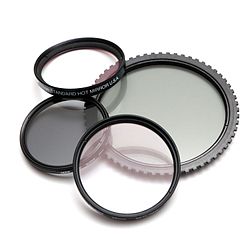
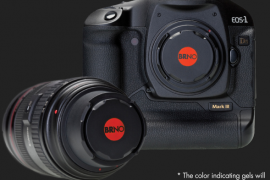
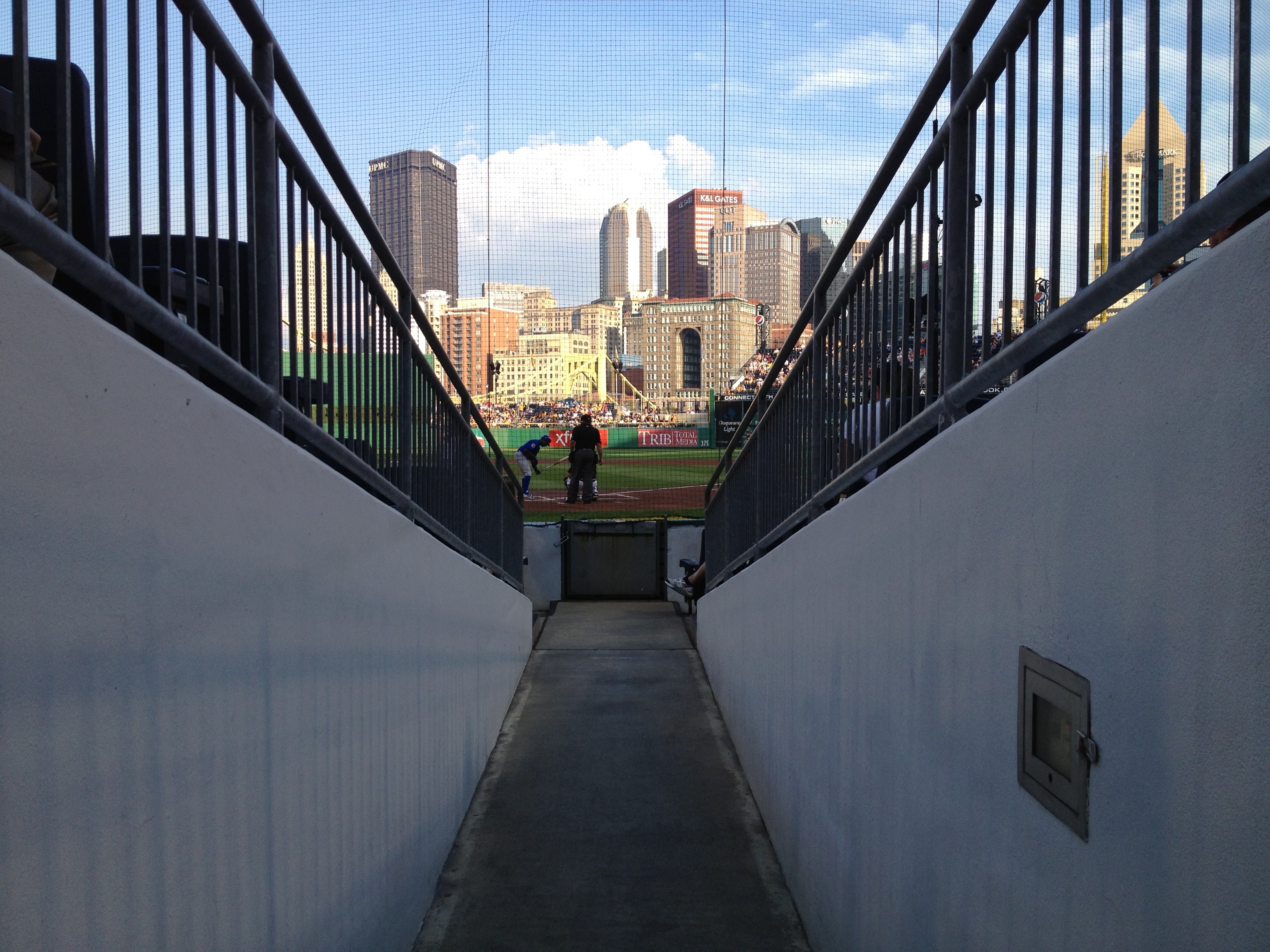
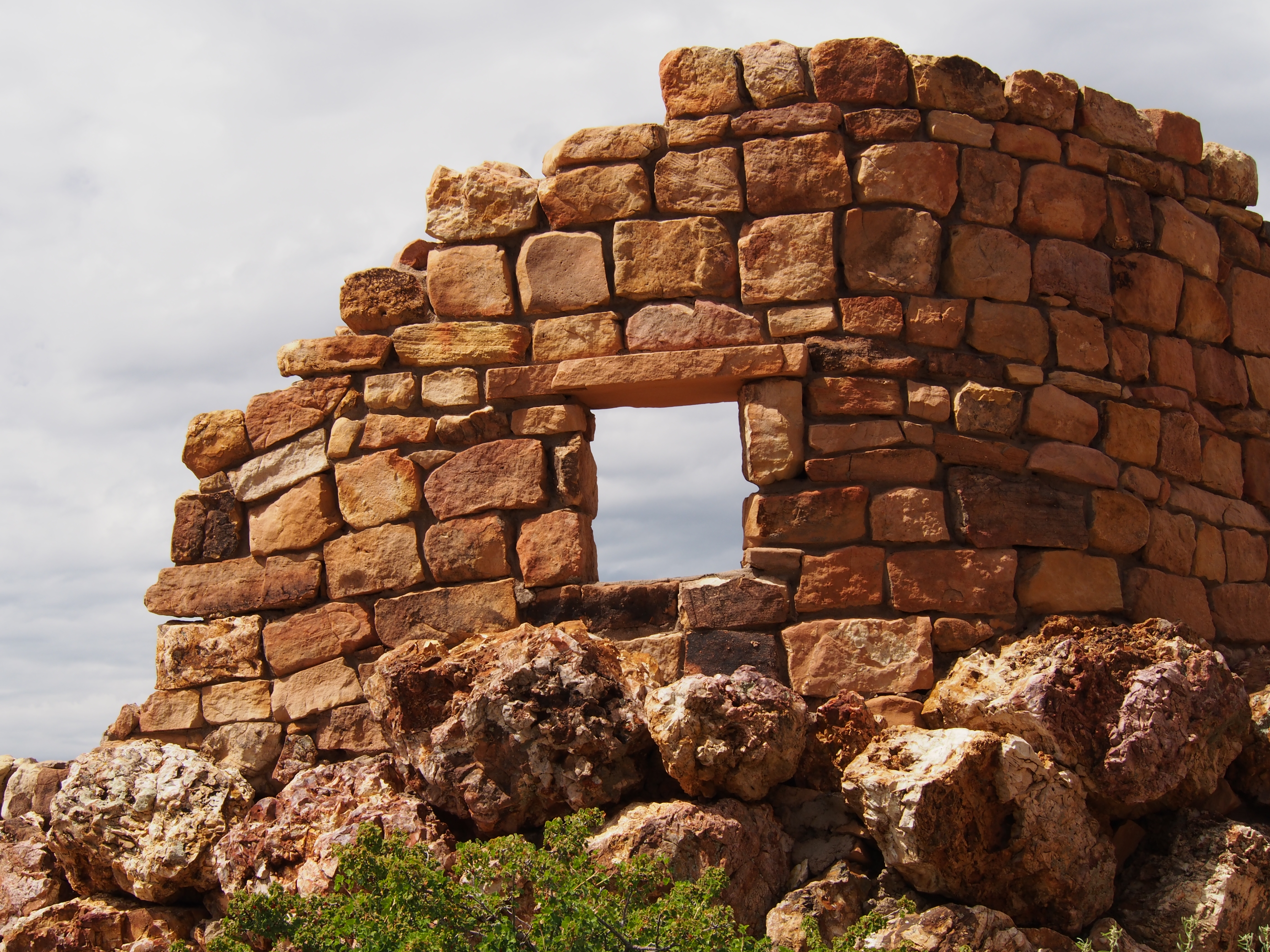
Comments are closed.